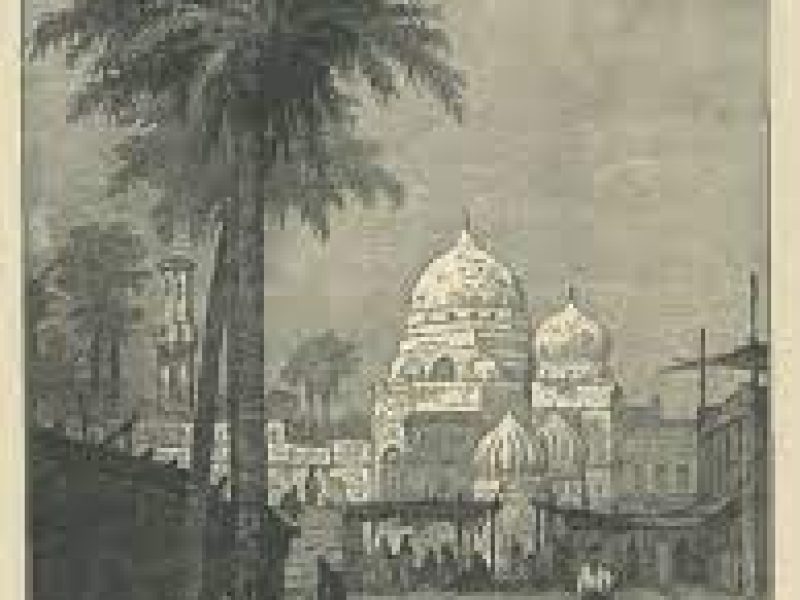Fustat (Arabic: الفُسطاط, romanized: al-Fusṭāṭ), also Fostat, was the first capital of Egypt under Muslim rule, and the historical centre of modern Cairo. It featured the Mosque of Amr, the first mosque built in Egypt.
The city reached its peak in the 12th century, with a population of approximately 200,000. It was the centre of administrative power in Egypt, until it was ordered burnt in 1168 by its own vizier, Shawar, to keep its wealth out of the hands of the invading Crusaders. The remains of the city eventually absorbed by nearby Cairo. It had been built to the north of Fustat in 969. When the Fatimids conquered the region and created a new city as a royal enclosure for the Caliph. The area fell into disrepair for hundreds of years and used as a rubbish dump.
Today, the ruins of Fustat lie within the modern district of Old Cairo, with few buildings remaining from its days as a capital. Many archaeological digs have revealed the wealth of buried material in the area. Many ancient items recovered from the site are on display in Cairo’s Museum of Islamic Art.

Description of Fustat
Fustat, also Al-Fustat, was the first capital of the Arab Islamic Caliphate and the medieval Islamic world. The Arab general Amr ibn al-Aas founded it in 641 CE , shortly after the Muslim conquest of Egypt. The city was near the ancient Egyptian city of Memphis, on the west bank of the Nile River, near modern-day Cairo.
Fustat initially served as a military camp for the Muslim army, but it quickly grew into a major urban center. It became the center of the Islamic world in Egypt, and attracted scholars, traders, and artisans from all over the Islamic world. People knew the city for its thriving cultural and intellectual scene, with many mosques, madrasas (Islamic schools), and libraries built during its heyday.
Fustat was also an important center for trade, as it was located at the crossroads of several major trade routes. The city was a hub for the export of goods such as textiles, spices, and glass, and was also a major center for the import of goods such as silk, gold, and silver.
The city’s importance declined over time, as the Abbasid Caliphate moved its capital to Baghdad in 762 CE. However, Fustat continued to be an important urban center in Egypt until the 12th century. In fact, Cairo replaced it as the capital of the Islamic world in Egypt. Today, Fustat is a major archaeological site, with many of its ancient ruins still visible in modern-day Cairo.




Comment (0)